BEIJING – Do the Chinese understand brands better than the U.S.? In some ways, yes. The Chinese interest in American brands, it is hoped, will help preserve a few.
But one good thing; it is China that helped save Buick. The success of General Motors’ Buick in China was so important that if the brand died in the U.S., the Chinese would not think the brand credible, if no longer sold in the U.S. So while some sub brands of Buick like the Buick Skylark did not survive, at least the brand did.
The Chinese consider old brands a treasure of the nation; this is a very sophisticated notion, and one that Americans will have to adopt if we are going to survive in a world of open trade. Often, a trade name or brand is the only real protection we have when everything is a commodity.
We ran across a story on the Chinese Ministry of Culture web page. We repeat a bit of the post, though we added some commentary in parentheses:
The old brand was not only a witness to history and culture but also a treasure of the Chinese nation. According to statistics there were 16,000 old brand stores in China in 1949, in such varied industries as catering, medicine, food, retail, tobacco, alcohol and garments. Due to a multitude of reasons (ahem, like a Communist revolution!), many old brands went into bankruptcy one after the other. Since 1990, the number has shrunk to 1,600, just 10 percent of 1949’s number.
The government’s Ministry of Culture is hoping many of the brands can return to Qianmen Street.
According to the Zhang Jian, vice secretary-general of the committee of Chinese old brands, the focus of the controversy is that some local departments and businessmen haven’t realized the importance of the old brands and the role they play towards invigorating the national economy and the passing down of business culture.
Zhang Jiang appealed that the founders of Qianmen Street could put their attention on tourism profits, because old brands can reproduce the ancient street feel of Qianmen and their potential value would go far beyond the revenue of such corporations and local government.
There is a strong effort to protect brand names in China; we heard about Tangjinu, an online shop that carries nostalgic cosmetics, which is owned by Jiang Yafang. Some brands that were mentioned in the article include Miracle beauty cream, Friendship snow cream, Golden Ballet perfume and Seal clamshell oil.
Of course, the creation of a committee to protect old brands would never fly in the United States; we just aren’t that sort of place. But the issue does point up the need for people who work in economic development and tourism to begin to consider the value of older American brand names.
To consider:
- Two instances that are important to the United Kingdom have not received attention as issues of economic development and tourism. The issues are the proposed shuttering of the Johnny Walker distillery in Kilmarnock, Scotland and the proposed sale of Cadbury to Kraft. Both threaten the identity of Britain, and its tourist appeal.
- Cuban brands are key to Cuban identity; ditto with Bermuda brands like Barritt’s.
- Chicago tourism officials where NOWHERE on the issue of the change of the name Marshall Field’s to Macy’s. These sorts of issues are critical to tourism development, but visitor bureau folks are often ignorant of these issues. Macy’s wasted millions in brand goodwill when it shut down old brands across the U.S., and business leaders, advertising gurus and other retailers and manufacturers hardly raised a peep.
- The shutdown of factories across the U.S. has meant the closing of many factory tours, too many to mention.
- In the 1930s, old brands and shops in Colonial Williamsburg were preserved and revived. This made for a tourism and economic development bonanza that helped save the economy of Virginia’s Peninsula.

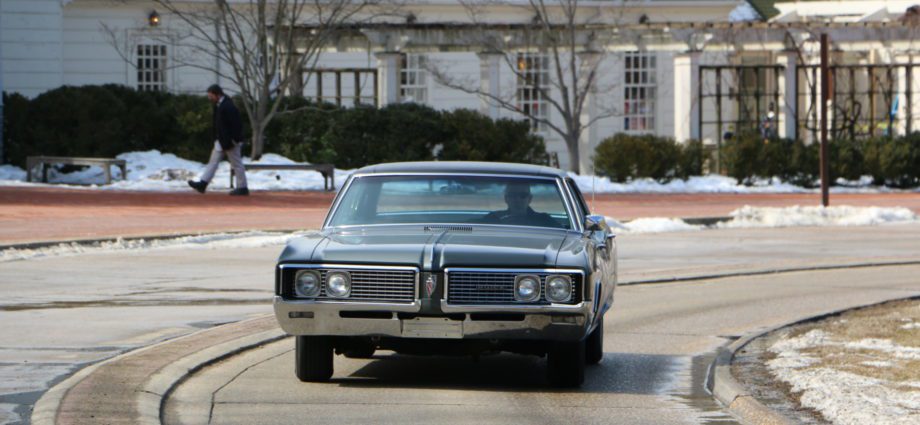

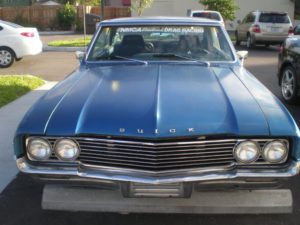
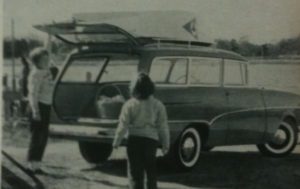
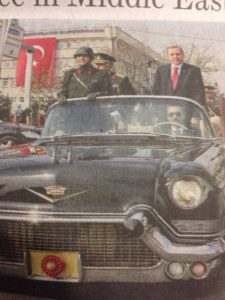
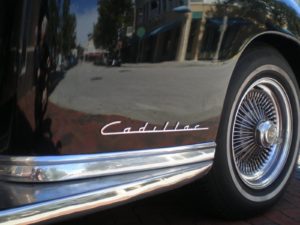

Speaking of Chigago; I wont be calling the iconic Sears Tower in Chigago anything else. The name change should never have happened; multiple generations have known it as the Sears Tower.